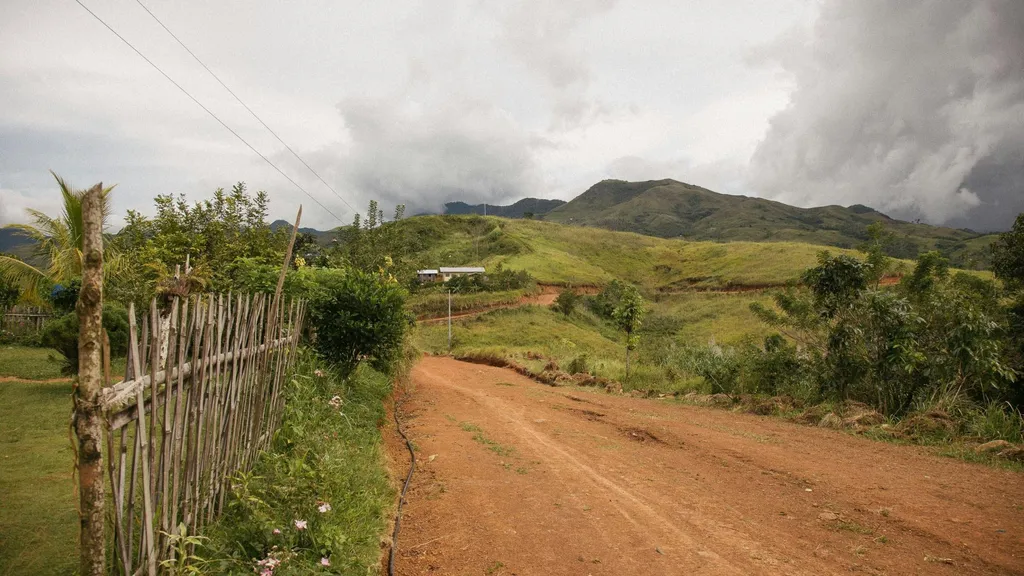The 2024 County Competitiveness Index (CCI) released by Kenya’s Ministry of Investments, Trade and Industry (MITI) has laid bare a stark reality: the country’s economic growth is being stifled by uneven infrastructure development. This disparity is not just a regional issue; it’s a market reality that investors, policymakers, and businesses must confront head-on.
The CCI paints a picture of two Kenyas. On one hand, counties like Nairobi, Kiambu, and Nakuru are thriving, buoyed by extensive road networks, reliable electricity, and advanced digital connectivity. These counties are magnets for investment, hubs of economic activity, and engines of job creation. On the other hand, counties in the northern and coastal regions, such as Wajir, Tana River, Marsabit, and Garissa, are struggling, held back by inadequate infrastructure that limits their competitiveness and potential.
This divide is not just about roads, power lines, or internet cables. It’s about access to markets, opportunities, and growth. Counties with robust infrastructure tend to excel in multiple categories, creating a virtuous cycle of growth and innovation. They attract private investment, foster trade, and support local enterprise growth. In contrast, counties lagging in infrastructure remain isolated, their potential untapped, their economies stagnating.
The implications for markets are profound. Investors looking to tap into Kenya’s growth story must consider not just the opportunities in the well-connected counties but also the potential in those currently left behind. The CCI provides a roadmap, highlighting where infrastructure gaps present investment opportunities. As MITI Cabinet Secretary Lee Kinyanjui noted, what may appear as a missing link in a county is, in fact, an opportunity for investment.
The report also underscores the need for policymakers to prioritize infrastructure development, particularly in transport corridors, power generation, and broadband connectivity. Accelerated investments in these areas could bridge the divide and unlock regional potential, creating a more balanced and inclusive economic landscape.
Moreover, the CCI serves as a wake-up call for businesses. Those operating in well-connected counties must consider how they can contribute to bridging the infrastructure gap, whether through corporate social responsibility initiatives, public-private partnerships, or advocacy for policy changes. Meanwhile, businesses in less-connected counties must leverage their local knowledge and networks to identify opportunities and drive growth, despite the infrastructure challenges.
The CCI is more than just a report; it’s a call to action. It challenges investors, policymakers, and businesses to think differently about Kenya’s economic landscape and to work together to create a more competitive, inclusive, and dynamic market. The path to balanced economic growth is clear, but it will require concerted effort, strategic investment, and a shared commitment to bridging the infrastructure divide. The question now is not whether Kenya can achieve this, but how quickly and effectively it can turn the insights from the CCI into tangible action.

